February 3, 2021
Wildlife Biologist Danielle Belleny: Co-founder of Black Birders Week
Racial injustice led wildlife biologist Danielle Belleny to co-found Black Birders Week in May 2020 with @BlackAFinStem, a collective showcasing Black STEM unity on Twitter and Instagram.
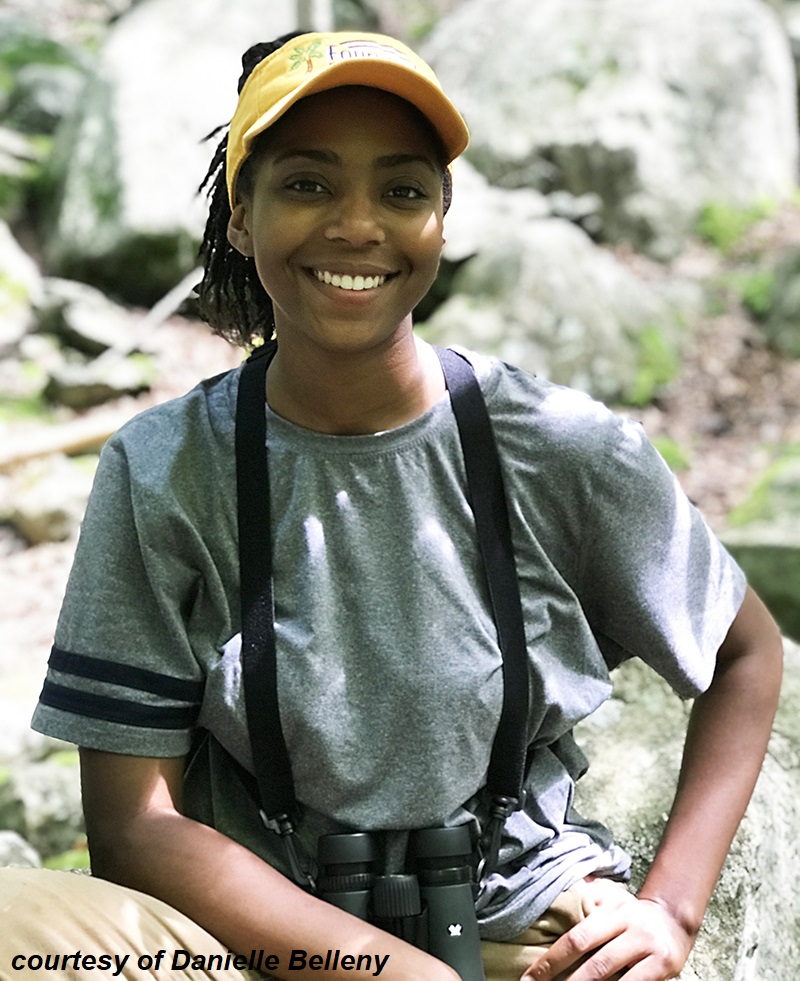
In our conversation via Zoom, she notes the racist challenges that Black professionals, students, and nature enthusiasts face when observing, documenting, or simply enjoying the outdoors. Danielle’s even had the police called on her while watching and studying birds.
On May 25, 2020, a white woman called the police on a Black birder, Christian Cooper, a board member of New York City’s Audubon Society, when he was watching birds in Central Park. That was also the day that George Floyd was murdered. In response to police brutality and to encourage inclusivity in outdoor pursuits, Danielle and other members of @BlackAFinStem created Black Birders Week May 31-June 5, 2020.
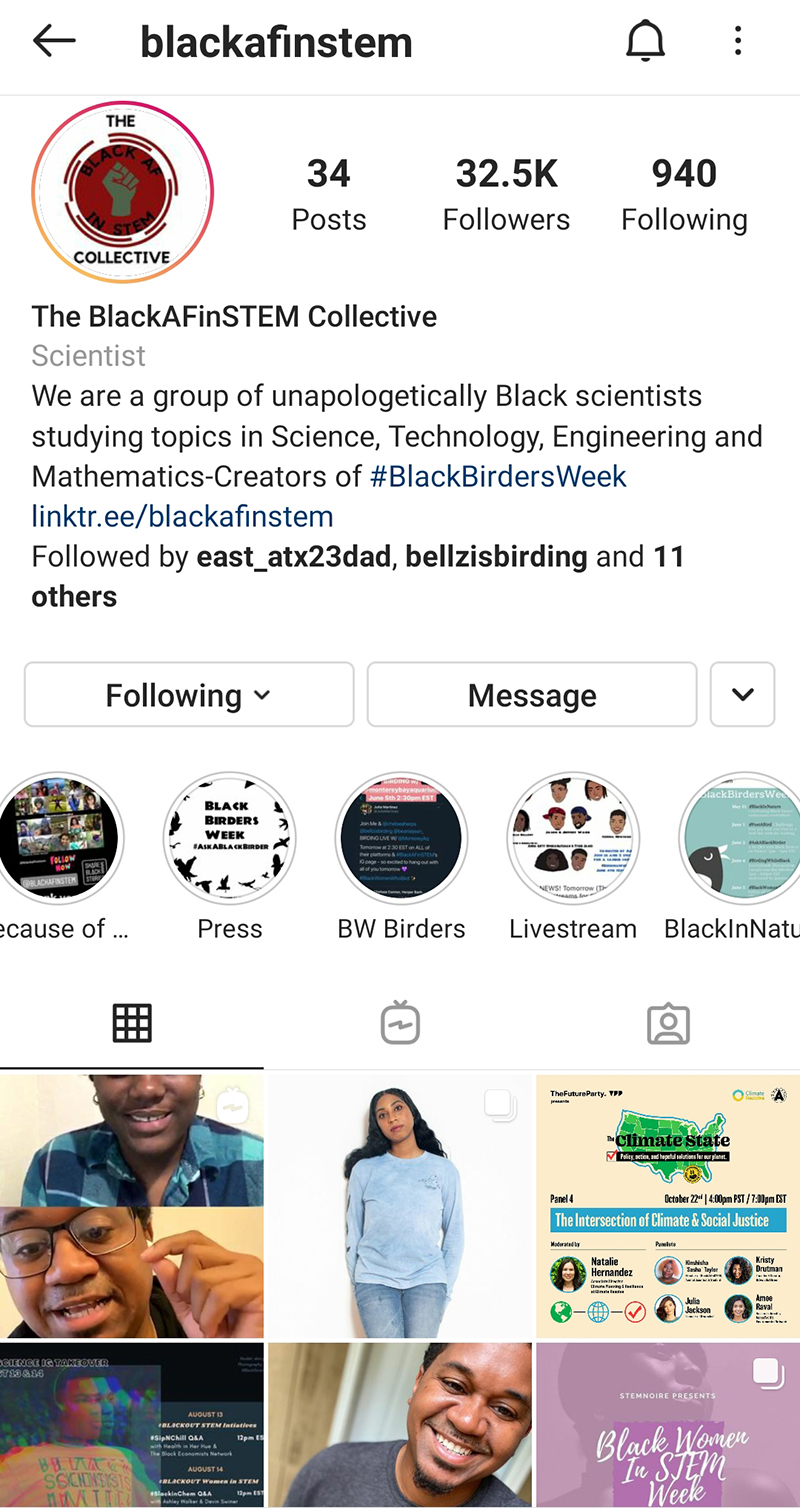
This year, celebrate Black Birders Week May 30 – June 5, 2021 at #BlackBirdersWeek2021. A website is in development. Follow #blackbirdersweek on Instagram for phenomenal bird photographs every day!
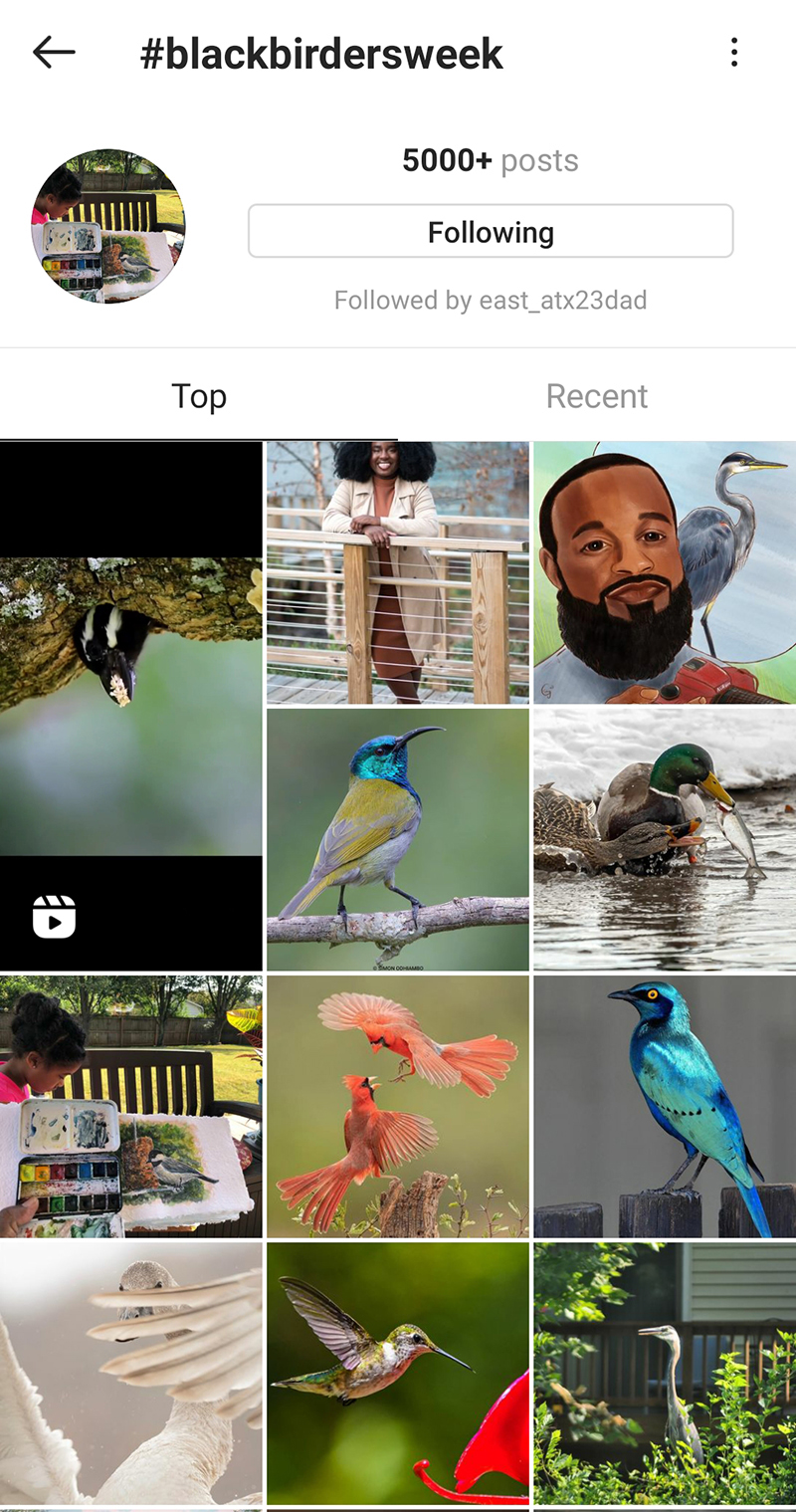
Danielle also tells us why she loves and studies birds, how we can nurture and learn about them, and what February’s annual Great Backyard Bird Count is all about. This year, join in on February 12 – 15. Spend even 15 minutes outside to note the birds you see and submit your count online.
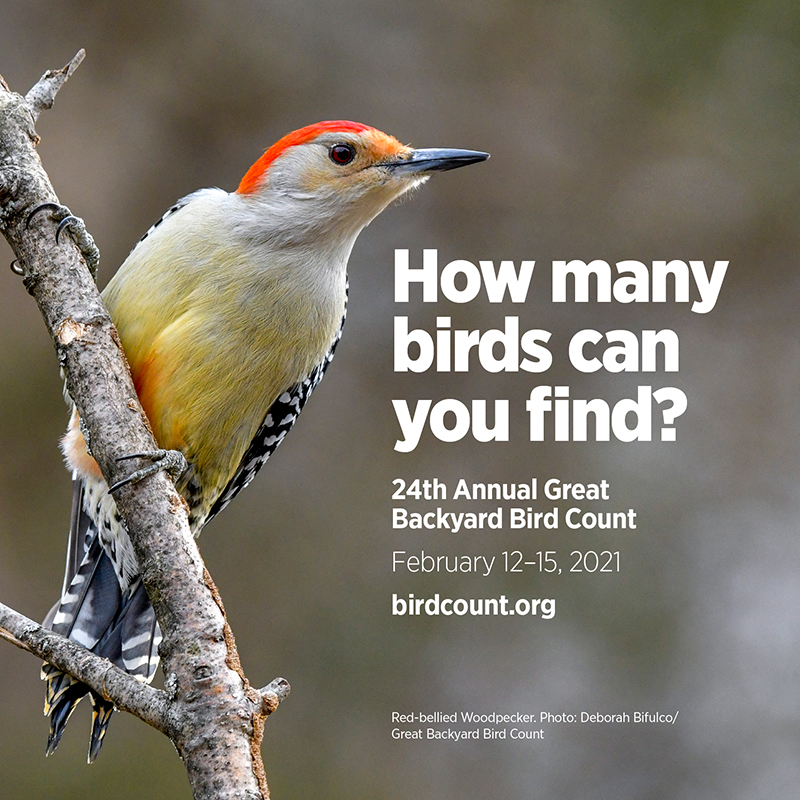
This helps researchers at The Cornell Lab of Ornithology and the National Audubon Society learn more about how birds are doing and how to protect them and the environment we share. According to Audubon, it allows for the largest instantaneous snapshot of global bird populations ever recorded.
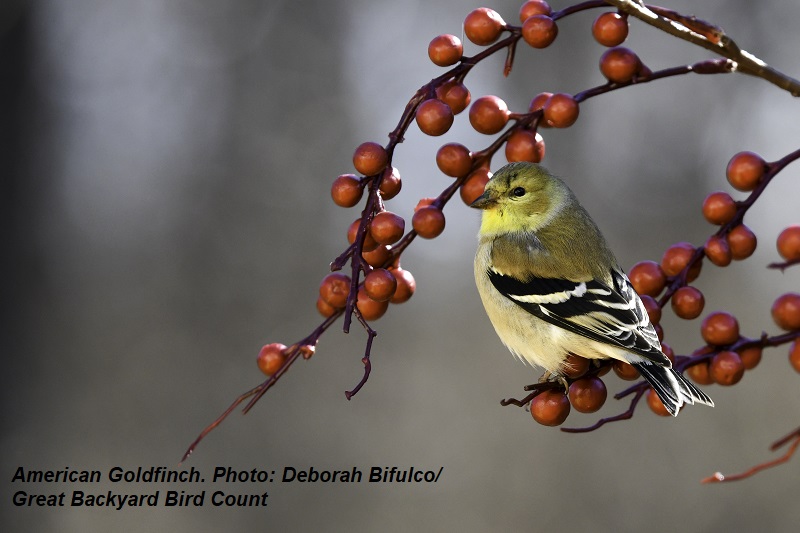
You don’t need a backyard, of course!
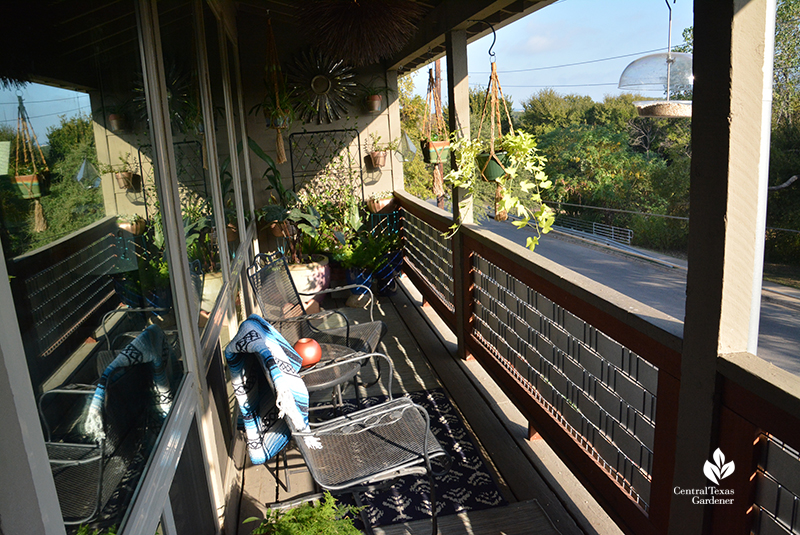
Danielle treks all around, including cemeteries, where their park-like settings offer birding bounties. “So it’s a nice place to reconnect with nature while also paying respects to our ancestors at the same time,” she says. Any nature trail, park, or public garden that’s your go-to will add your observations to valuable data.
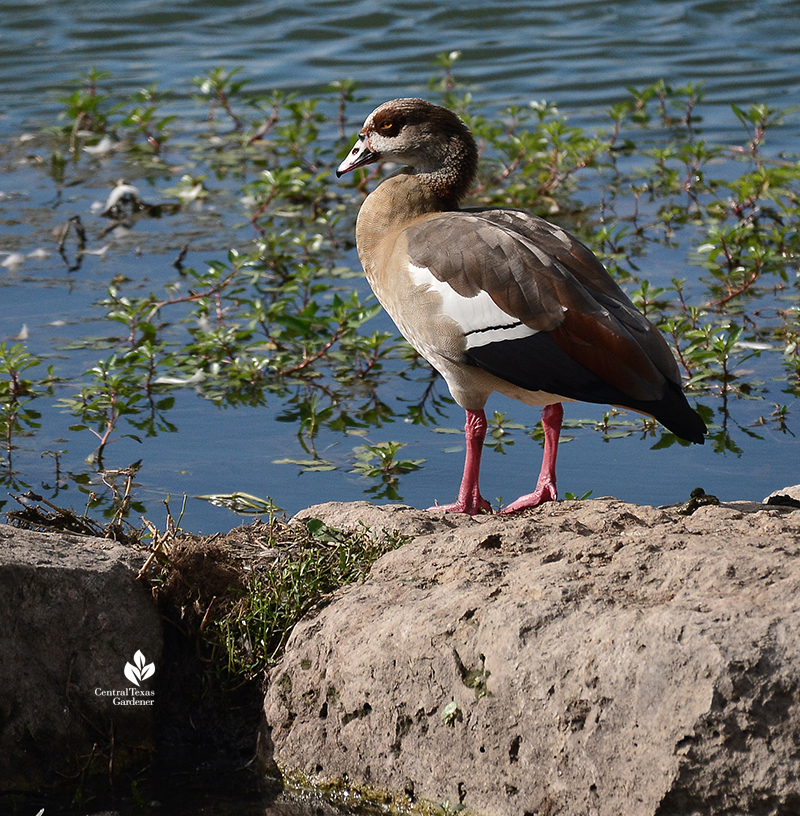
Many have asked: “So, why are there so many robins and Cedar waxwings this year?” Danielle notes that this is an irruption year where we see increased southward migration numbers in search of food.
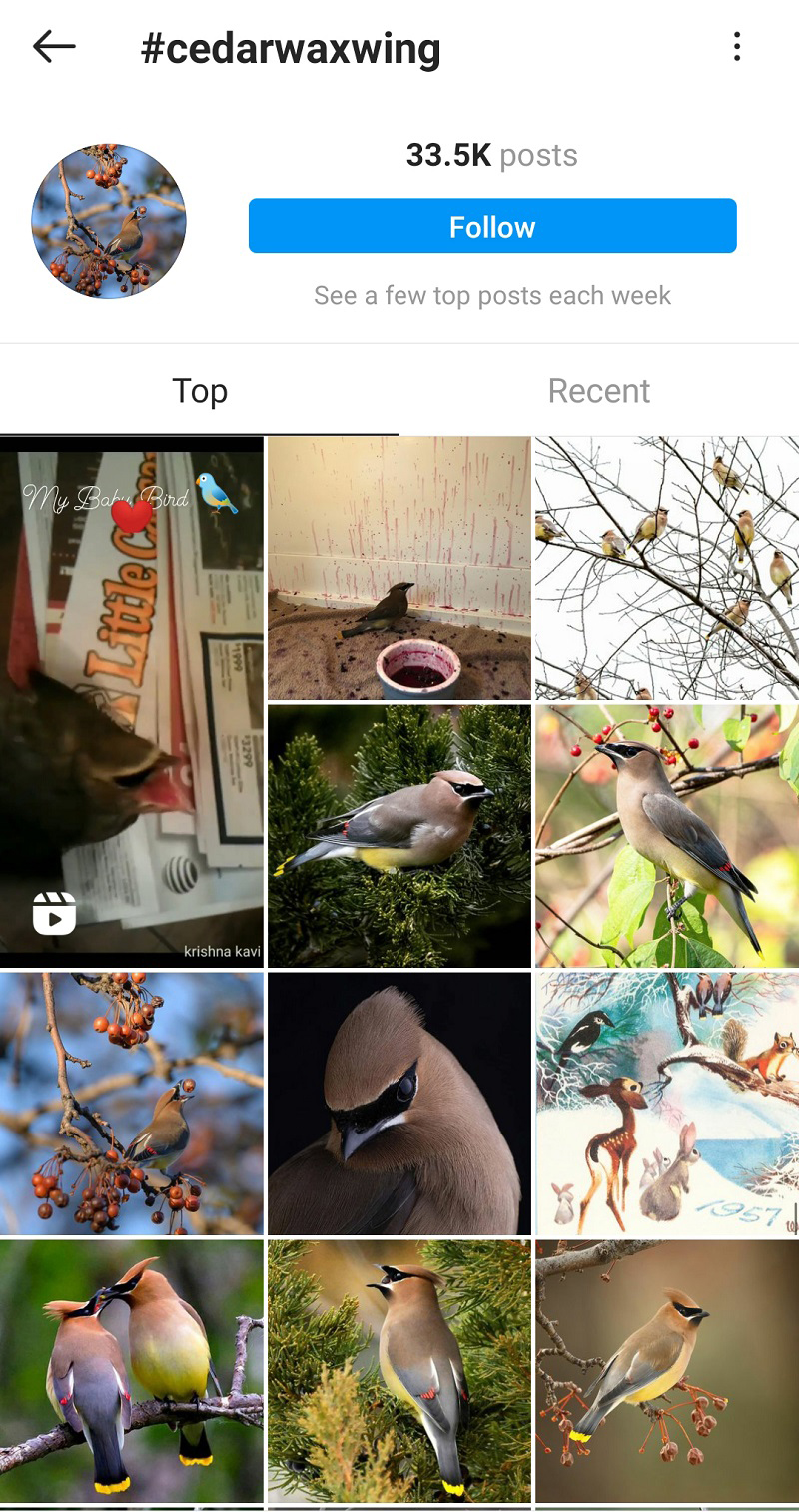
What if you can’t identify the birds you see? Danielle recommends Merlin bird ID, a free app from The Cornell Lab. But she says that it’s okay if you’re not sure! I’m still not sure about the duck picture above, but I learned a lot more about the waterfowl that could be in my area at a particular time of year.
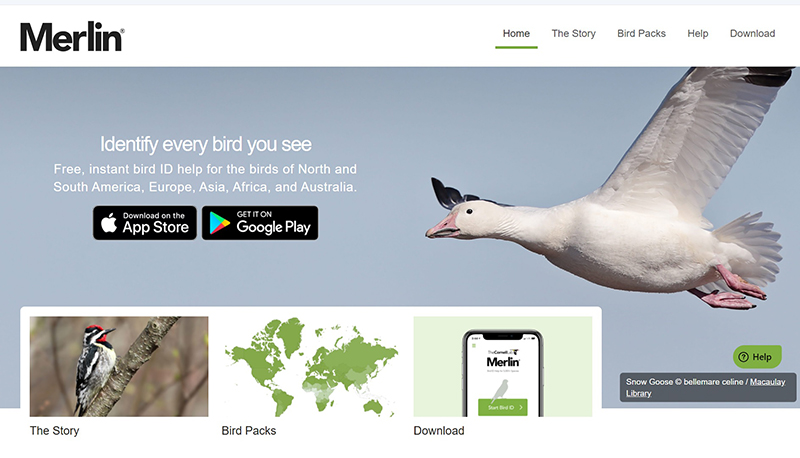
You can also identify from The Cornell Lab’s extensive (and gorgeous) resources, including bird sounds, online courses, and more.
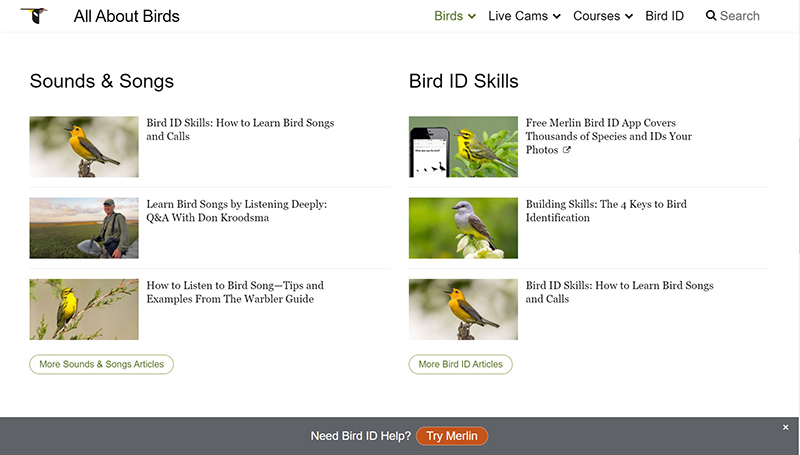
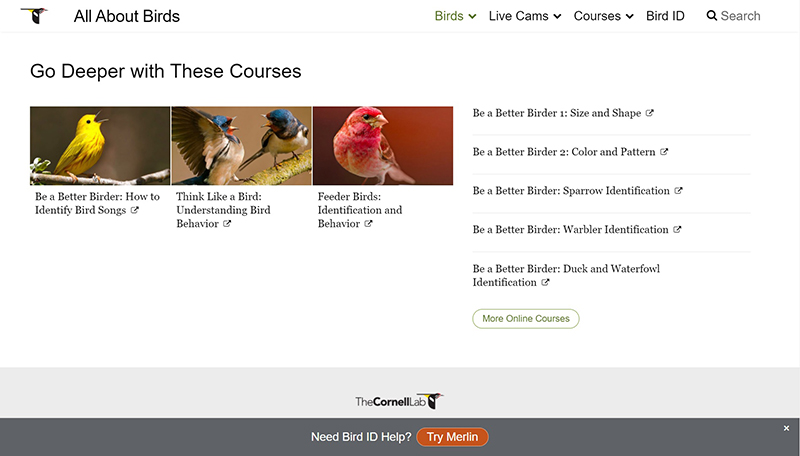
Danielle notes that you don’t need binoculars, but if you want to get a closer look, even a $25 pair will get you started. Just note the numbers on the lens, in this case 8 x 35, on colleague Robert Moorhead’s photograph. In this pair, the magnification is 8 times closer. Lens size and light transmission is 35.
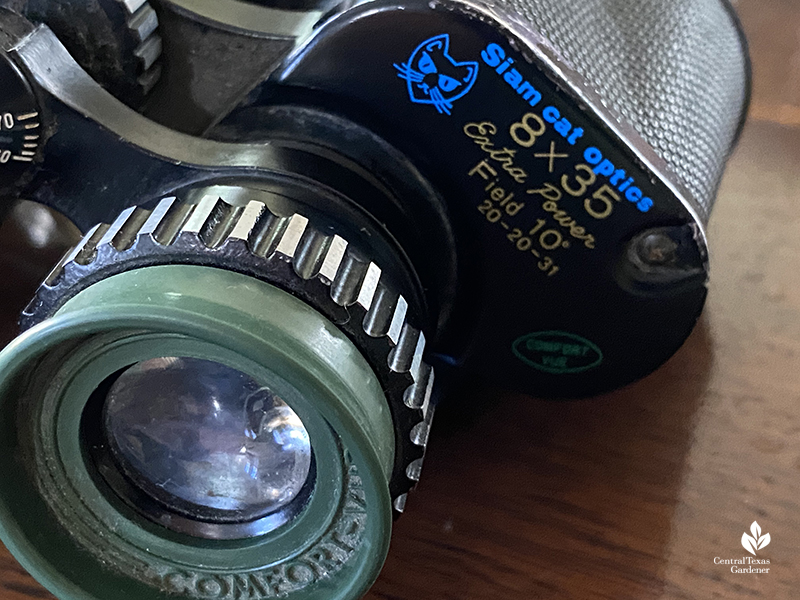
Bird numbers are drastically diminishing, but we can do our part to give a “helping beak” with supplemental feeding. Various seeds, suet in winter, fruits, and nuts attract different birds.
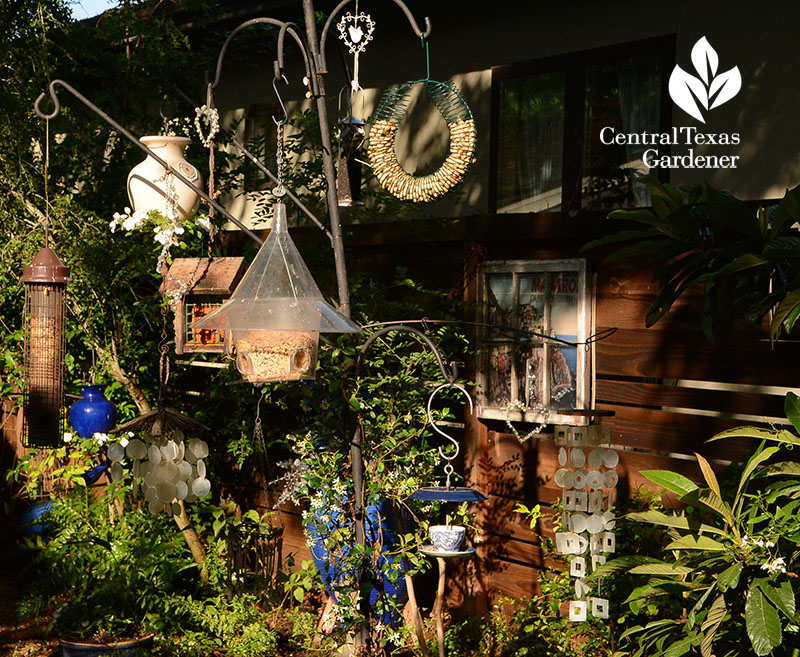
Finches and Pine siskins love nyjer seed! Yes, it’s expensive, but so worth it to watch cute Lesser goldfinches caper outside my window. Since I’ve yet to figure out how to protect the feeders from drenching rain, I do clean them out and fill with dry food. Danielle reminds us to keep all our feeders clean since we don’t want to do harm while trying to do good!
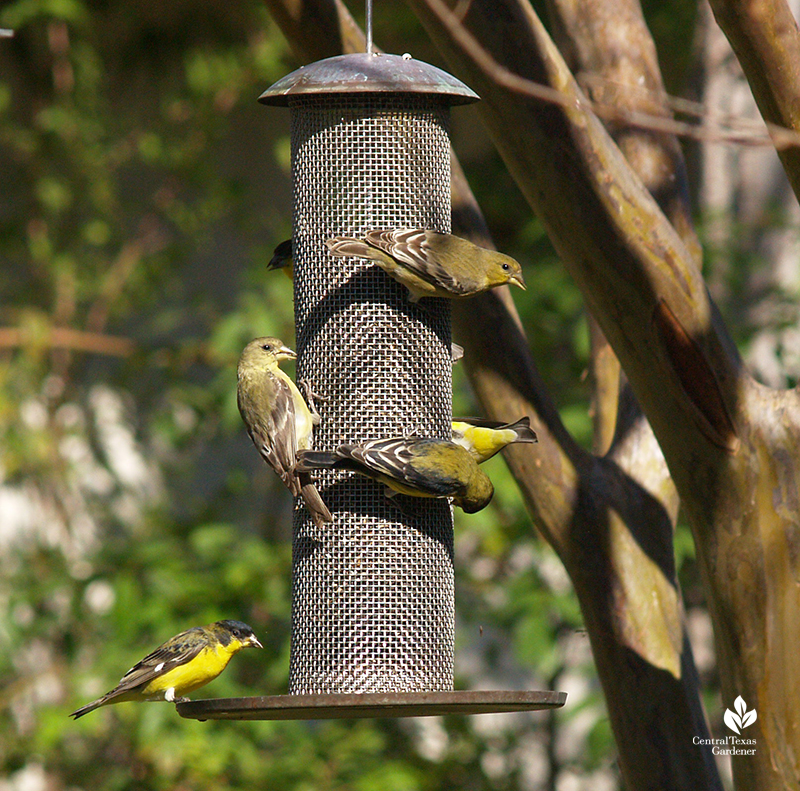
Finches and many birds also pluck seeds from native plants. So, I’m not fast to clip spent flower heads, like from warm weather’s coneflowers. They get picked clean soon enough and then I tidy up.
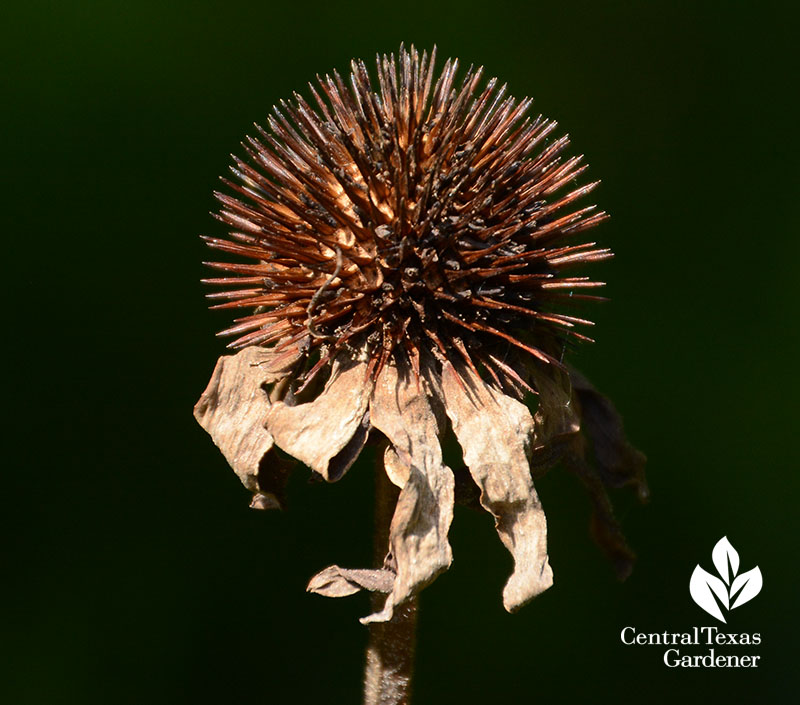
Get Audubon’s tips from food to feeders.
In our gardens, provide shelter at many levels with trees and shrubs. Plant for diversity of natural food in every season from seeds to fruits. Sunflowers are an easy summer annual.
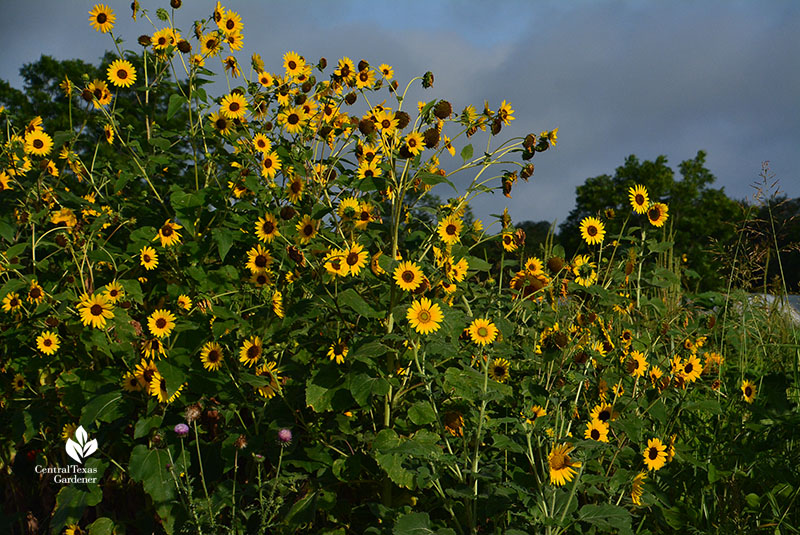
Native Barbados cherry, a shrub-like small tree, feeds pollinators with flowers and birds with fruits from spring to frost.
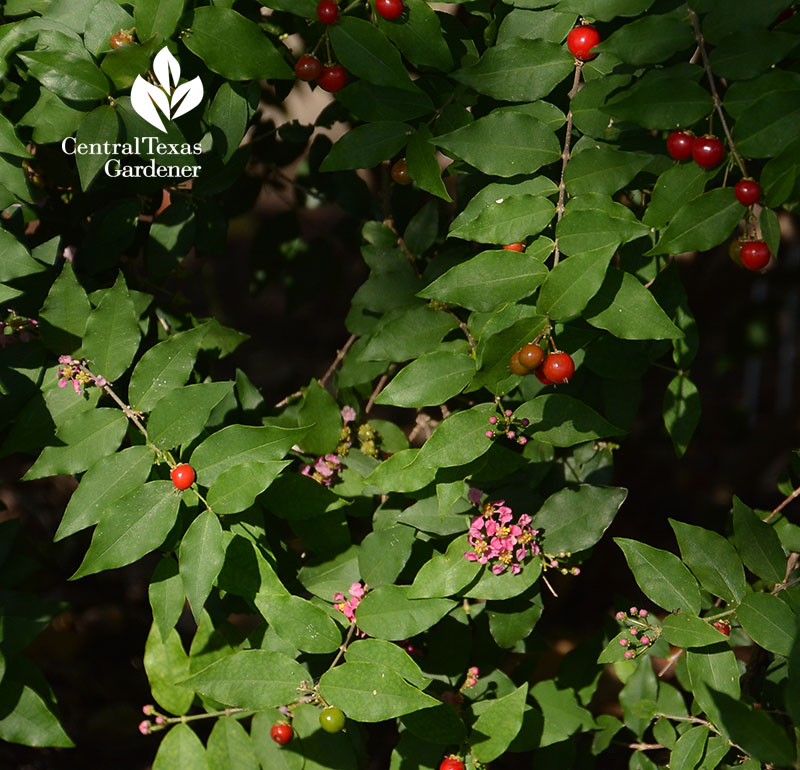
Two databases to select native plants in your area
Lady Bird Johnson Wildflower Center Native Plant Database
Don’t forget to add water!
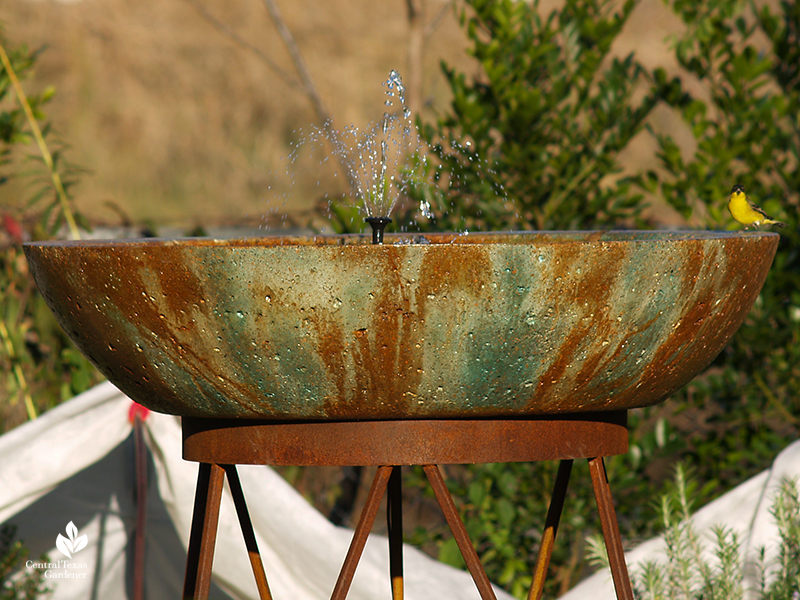
And when spring caterpillars boom, like oak leaf rollers, remember that they’re timed to feed nestlings. Garden spiders make tasty eating, too.
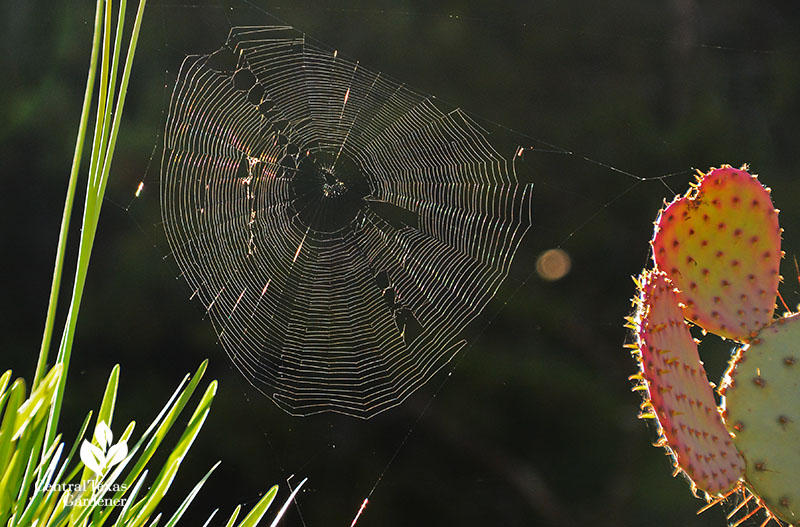
So important: Avoid pesticides to magnify your wildlife count across the year, from insects to reptiles and birds.
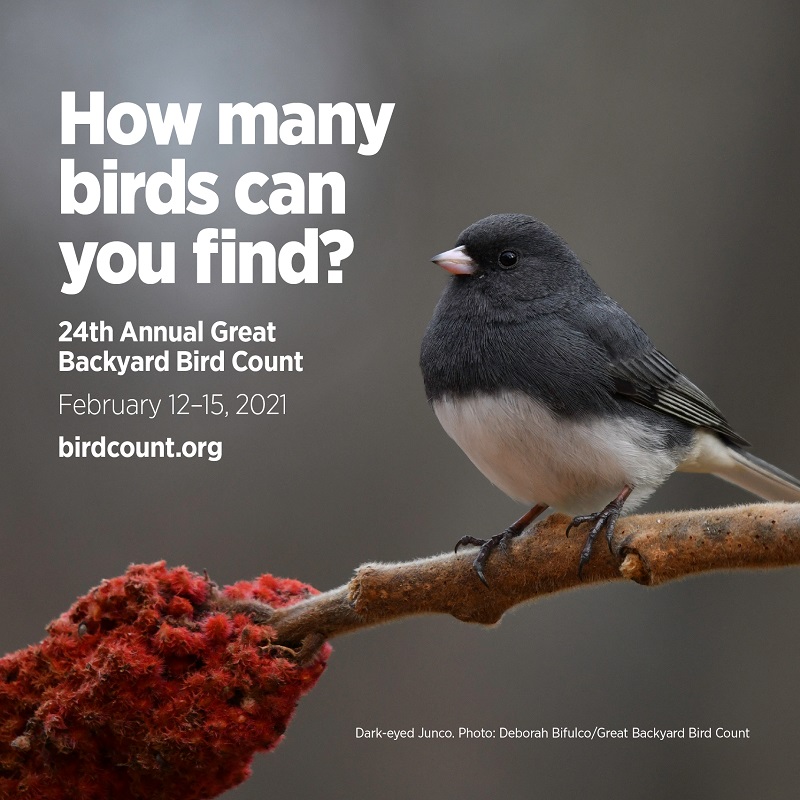
Follow Danielle on Twitter and Instagram @bellzisbirding for her insight and adventures and to connect with #BlackWomenWhoBird.
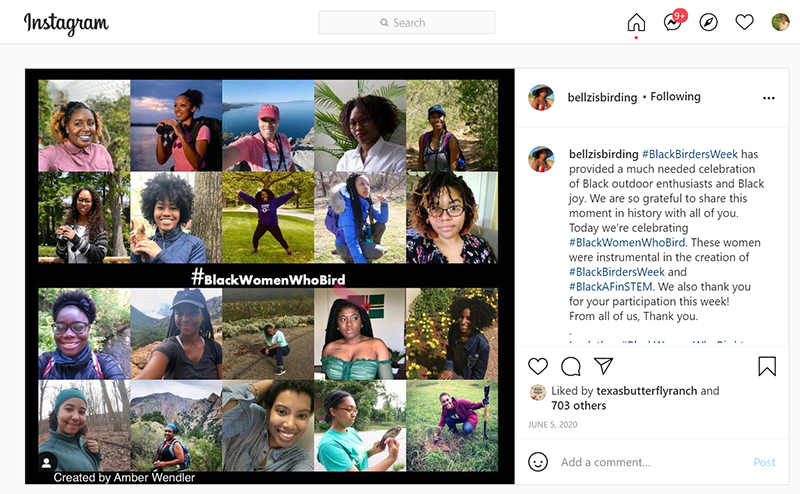
Watch now!
Thanks for stopping by! See you next week, Linda

